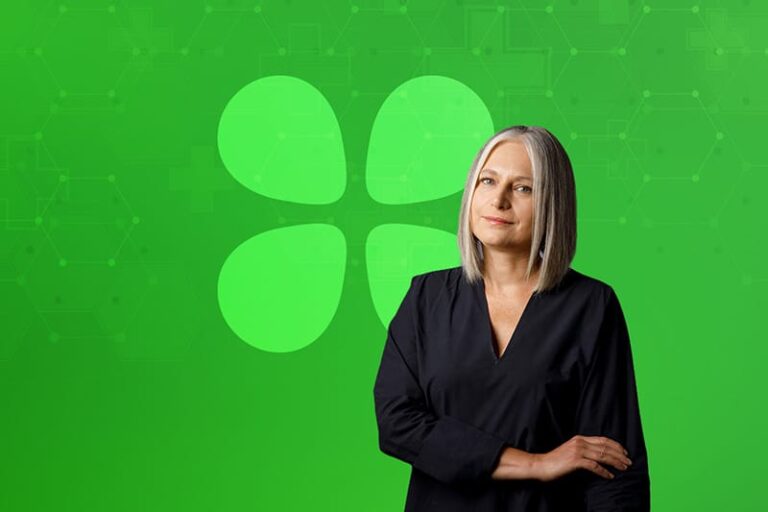As a mid-millennial (what I’m calling the 1986-1991 birth year babies), most people assume my days consist of avocado toast, checking social media platforms every five minutes, midday yoga classes and quite literally keeping up with the Kardashians by sharing and liking all of their content. In reality, I don’t follow a single Kardashian and the only celebrity I do follow is Jerry Seinfeld. So what fills my Instagram feed? Friends, family and micro-influencers.
“Micro-influencers” is the current favorite marketing buzzword. And here are the fast facts about them:
- Their follower count usually ranges from 5,000 to 50,000
- They focus and finesse niche content for a granular but powerful audience
- They generate higher engagement rates with their followers, versus macro-influencers
- They interact directly with their followers
So why do micro-influencers matter? Most people assume it’s because they produce and post what is perceived to be authentic content, but the power of their posts goes well beyond that. Micro-influencers are creating messages for their followers peer to peer – not peer to admirer – because the influencer is a consumer too. They don’t have a team of specialists suggesting and buying products for them. They are out in the wild just like us, trying every type of vegan face mask, experimenting with five different paint colors after their 9-to-5 day job and sharing what really works for them. So, yes, mirco-influencers are authentic, and they’re also transparent, real, trustworthy friends who are in the trenches with us.
I’m not buying Kendall Jenner’s Pepsi, or Kim and Khloe’s tummy teas, or SugarBearHair vitamins promoted by the endless slew of celebrities (and their hair extensions) because these promoters aren’t my friends, so why would I listen? In comparison, the micro-influencers/friends I follow have led me to happily purchase the following: Behr Masonry, Stucco & Brick Paint; Sun Bum Mineral facial sunscreen; Fluff & Tuff dog toys; Bissell Professional Spot & Stain; and the millennial wonder product, Trader Joe’s Everything but the Bagel Seasoning Blend. (Shoot, did I just give away that I do eat avocado toast after all?)
CPG brands need to think long and hard about whether an influencer’s big audience number equates to more sales, because chances are it doesn’t. Maybe the brand gets more exposure for a fleeting moment, but the greater value is informed consumers who are enthusiastic about a brand because the company invested in the brand equity of the right micro-influencer rather than the questionable equity of a celebrity. People are cleaning their feeds in search of real, relatable content, and brands should question whether the influencer they choose might potentially be “unfollowed” by their ideal consumer.




